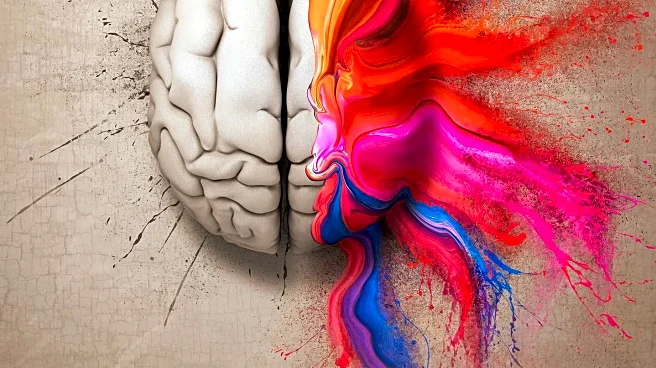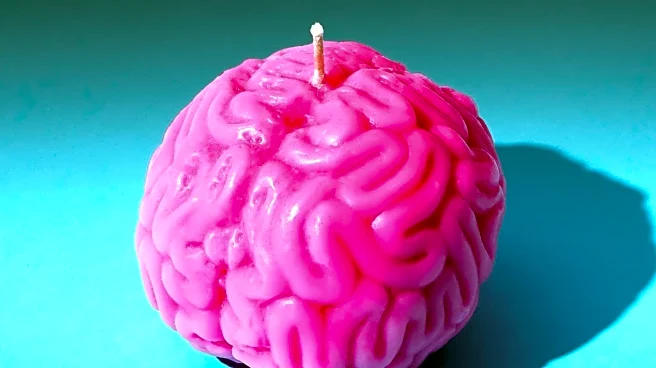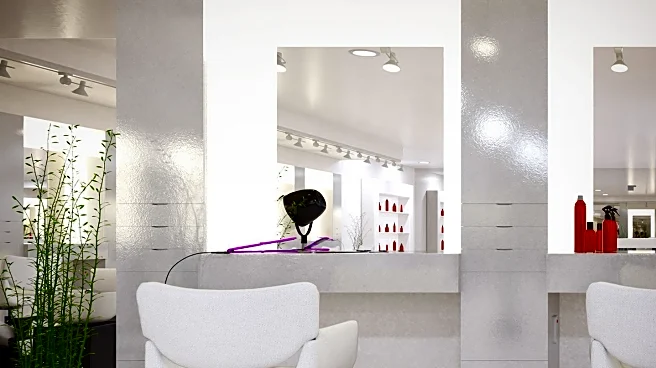What's Happening?
A recent study published in Nature Communications suggests that engaging in creative activities such as dancing, playing musical instruments, or video gaming can slow brain ageing. Researchers used 'brain clocks'—models that measure the difference between a person's chronological age and their brain's apparent age—to assess the impact of creative activities on neurological youth. The study involved 1,240 participants from 10 countries, including tango dancers, musicians, visual artists, and video game players. Findings indicate that creative pursuits enhance brain connectivity, particularly in regions susceptible to ageing. Expert tango dancers showed the most significant anti-ageing effects, with their brains appearing seven years younger than their chronological age.
Why It's Important?
The study highlights the potential of creative activities to maintain brain health and delay age-related decline. This research could influence public health strategies by promoting creative hobbies as a means to enhance cognitive longevity. The findings are particularly relevant for aging populations, offering a non-pharmacological approach to preserving brain function. Industries related to arts, music, and gaming may see increased interest as these activities are recognized for their health benefits. Additionally, the study may encourage further research into the biological mechanisms behind the cognitive benefits of creativity.
What's Next?
Future research may focus on understanding the specific biological processes that contribute to the anti-ageing effects observed in creative individuals. There could be an exploration of how different types of creative activities compare in their impact on brain health. Public health initiatives might incorporate creative hobbies into programs aimed at improving cognitive health in older adults. Stakeholders in the arts and education sectors may advocate for increased access to creative activities as part of wellness programs.
Beyond the Headlines
The study opens discussions on the ethical implications of promoting certain activities for health benefits, potentially influencing cultural perceptions of creativity. It may also lead to debates on the accessibility of creative pursuits across different socio-economic groups, highlighting the need for inclusive policies. Long-term, this research could shift societal attitudes towards aging, emphasizing active engagement in creative activities as a norm for healthy aging.










